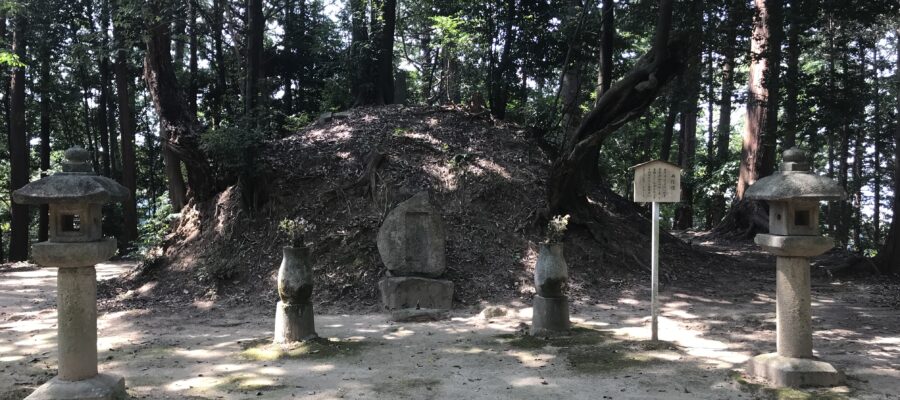百寺巡礼で初めて知った寺
大阪の芸術系の大学に出張があり、河内方面に来た際に、少し足を延ばして富田林駅からバスに乗り、弘川寺までやって来ました。このお寺の存在を知ったのは、またしても五木寛之さんの著書「百寺巡礼」でした。
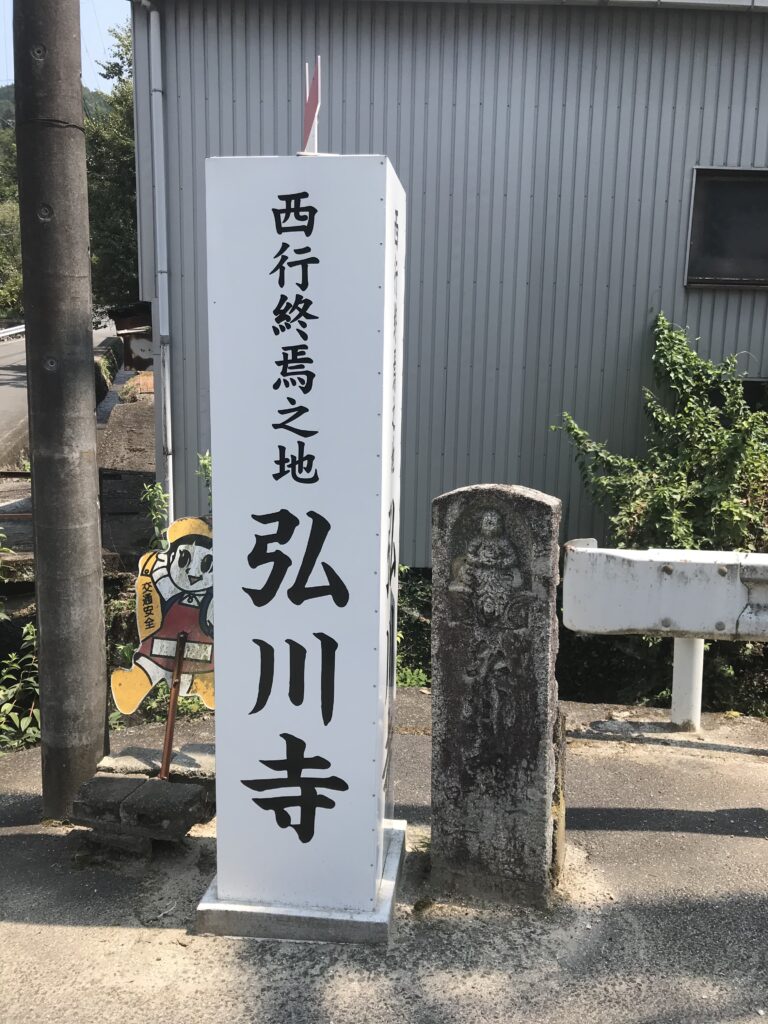
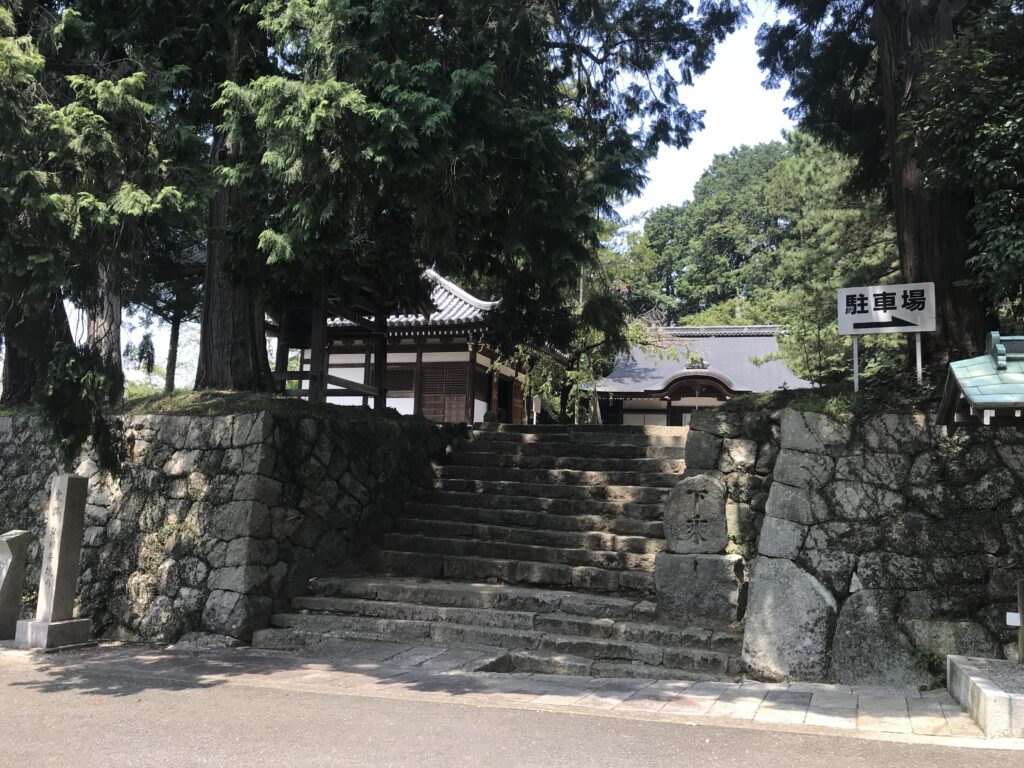
訪問したのは暑い夏の日で、バス停から少し坂を上って歩くだけで、汗だくになるような日でした。境内はそれほど広くなく、すぐに本堂に突き当たります。ここでお参りをしたあと、本堂の右脇を見ると、西行堂を示す矢印が書かれた立札がありました。
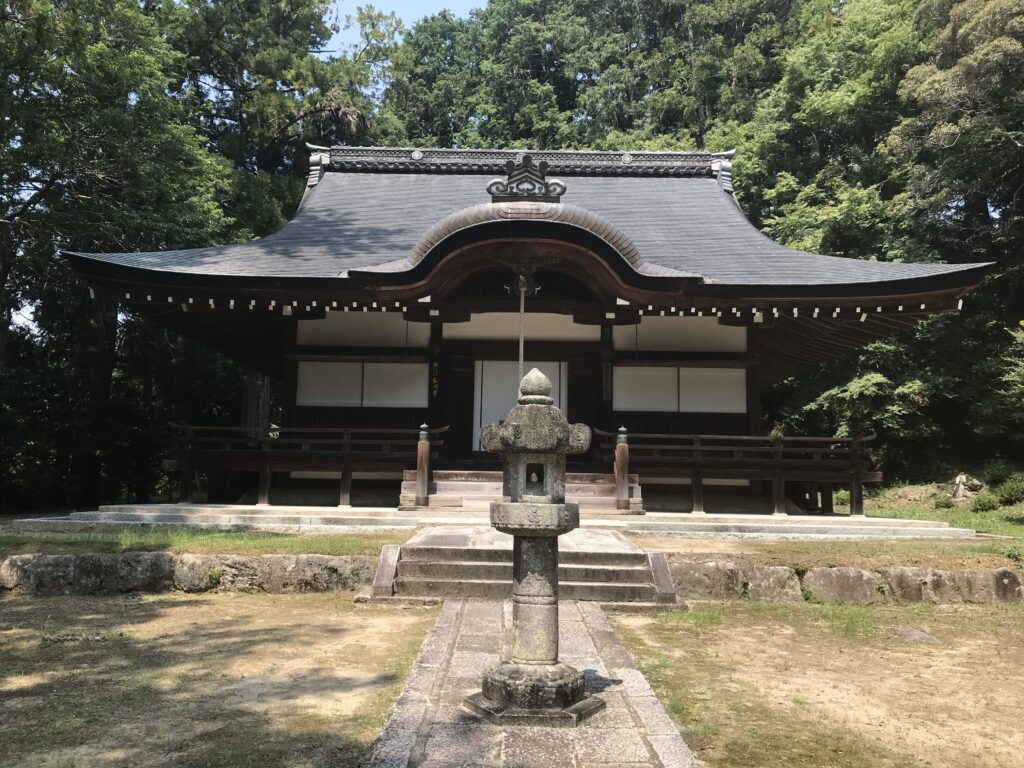
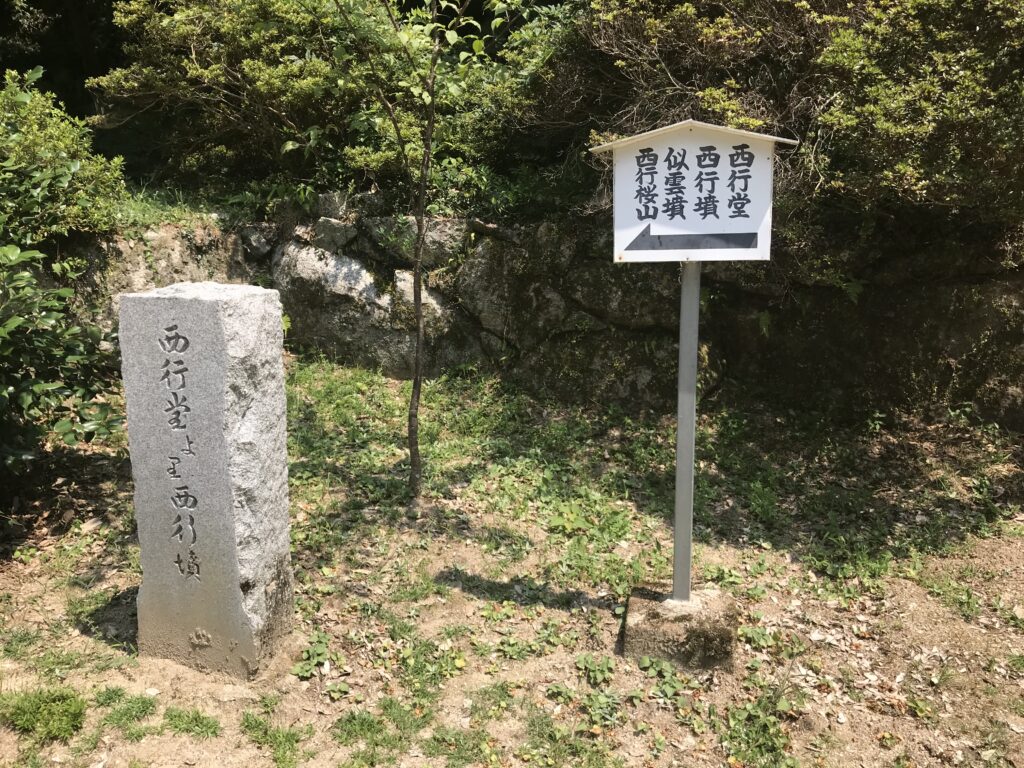
西行終焉の地へ
矢印の方向に延びる飛び石をつたって進むと、木々の中を上がっていく石段に変わります。そこを登っていくことにします。実はこのお寺、かの有名な平安末期の歌人、西行の終焉の地として知られるお寺なのです。
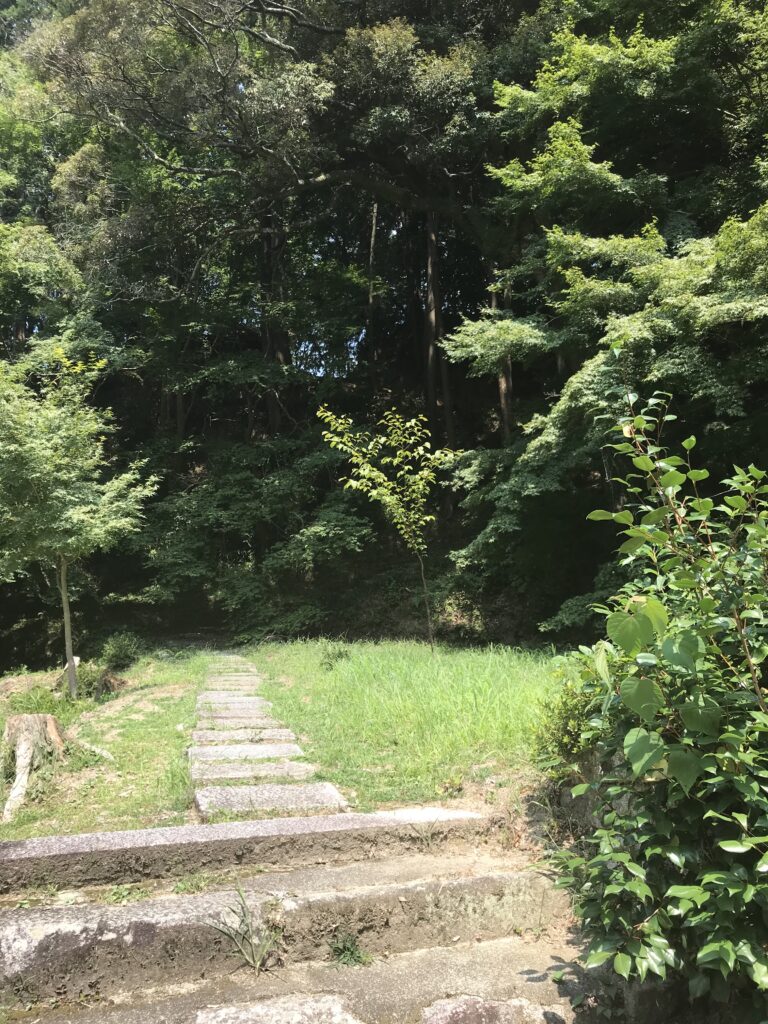
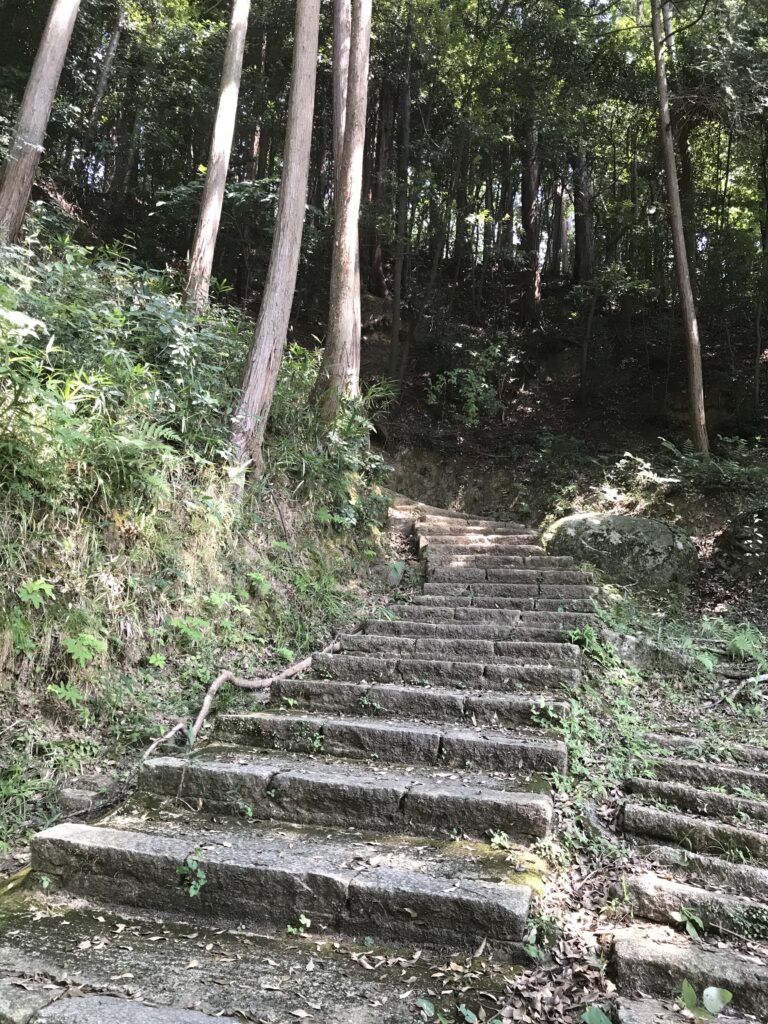
西行の古墳を発見した僧、似雲法師
この石段を登っている途中に小さな堂宇があります。これが西行堂です。西行堂と言っても、このお堂に西行が住んでいたわけではありません。西行を慕っていた江戸時代中期の僧、似雲法師が、西行の終焉の地を求めて、この地に西行の古墳を発見し、その後、この西行堂を建てて、生涯を西行追慕に捧げたそうです。
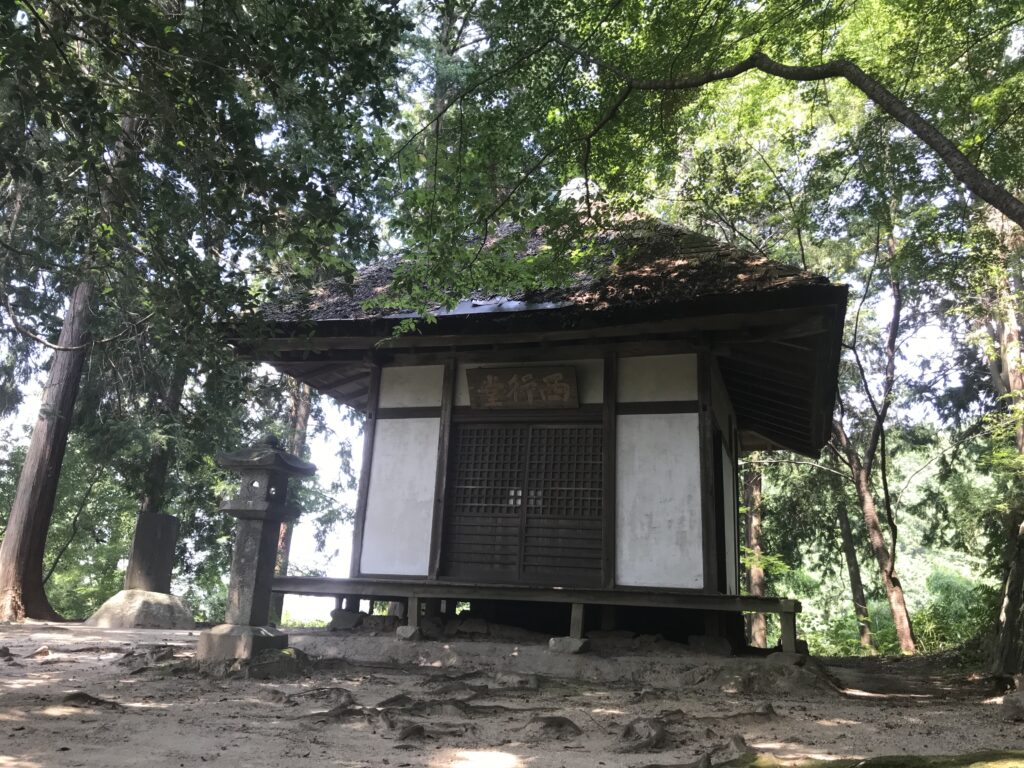
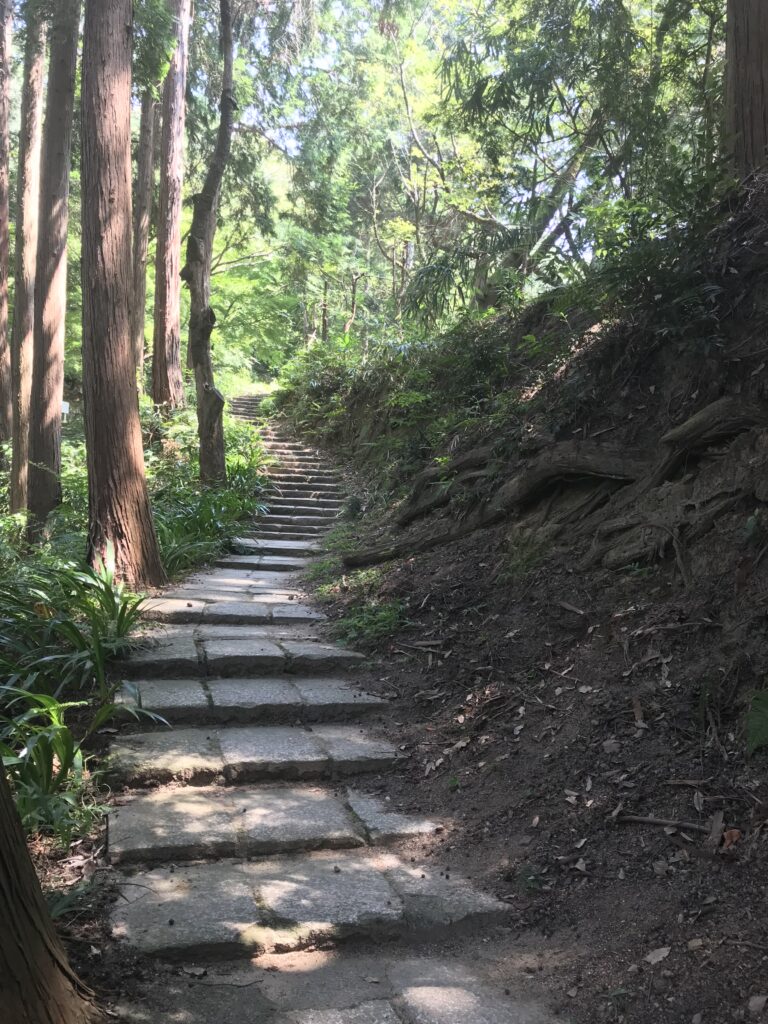
もう少し石段を上ると、そこには西行の古墳があります。西行の歌に「願はくは 花の下にて 春死なむ そのきさらぎの 望月のころ」とありますが、その歌の願い通り、旧暦の春に亡くなられたそうです。この古墳と向い合うように似雲法師が眠る似雲墳があります。
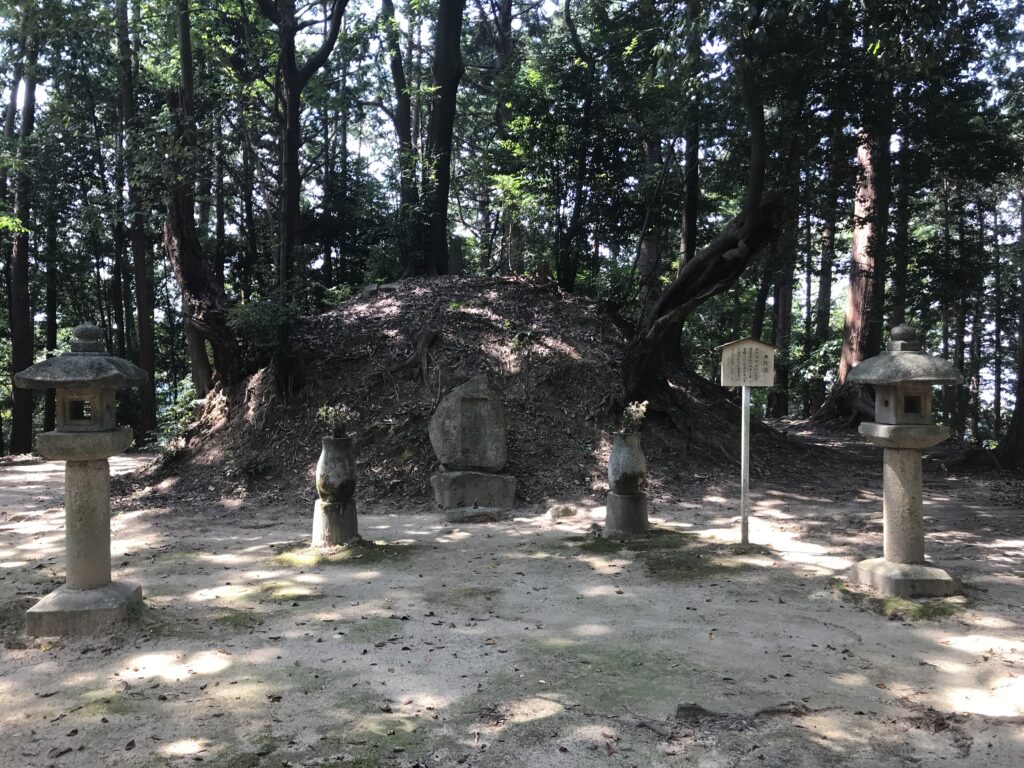
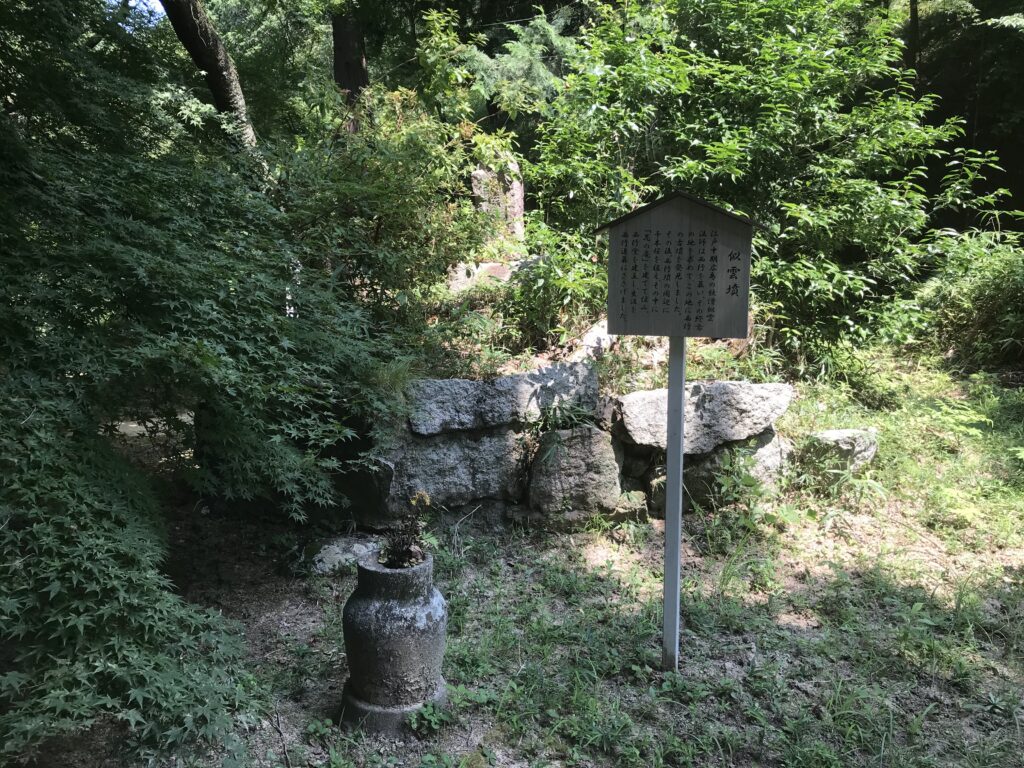
千本桜に取り囲まれた西行墳
似雲法師は西行墳の周りに千本桜を植えたそうです。今も桜の木が沢山植えられていました。西行墳をお参りした後、本坊まで降りて、中を見学しました。残念ながら西行記念館が閉まっていましたが、縁側から庭園を見せていただいて休憩した後、帰りのバスに乗りました。(完)
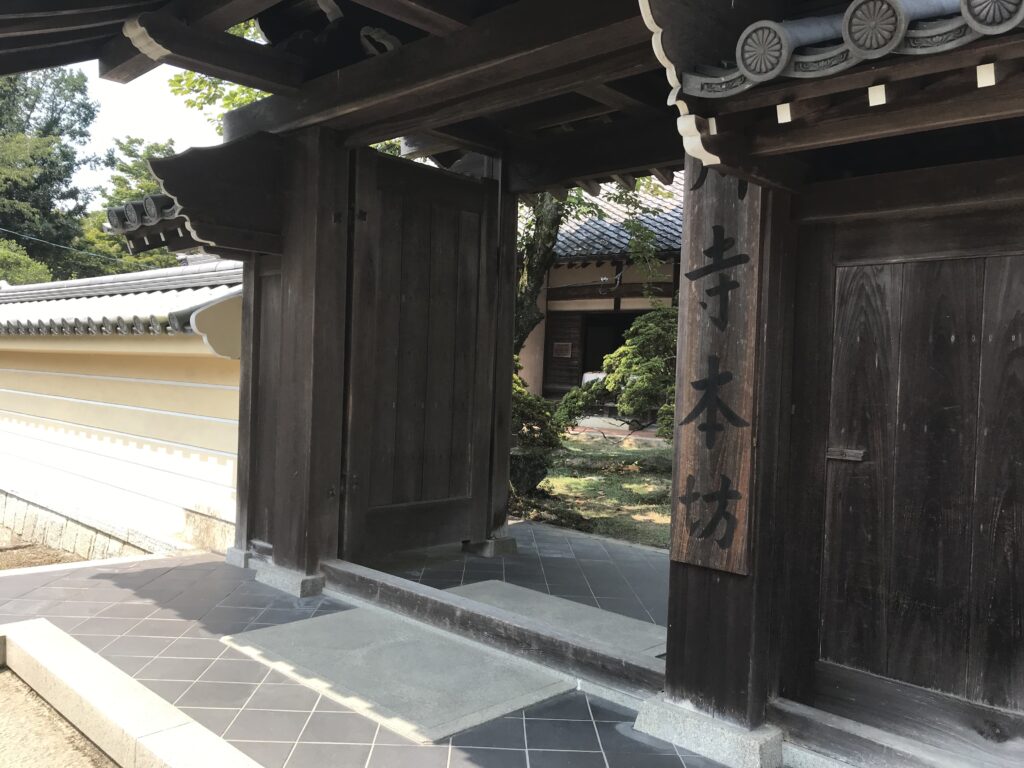
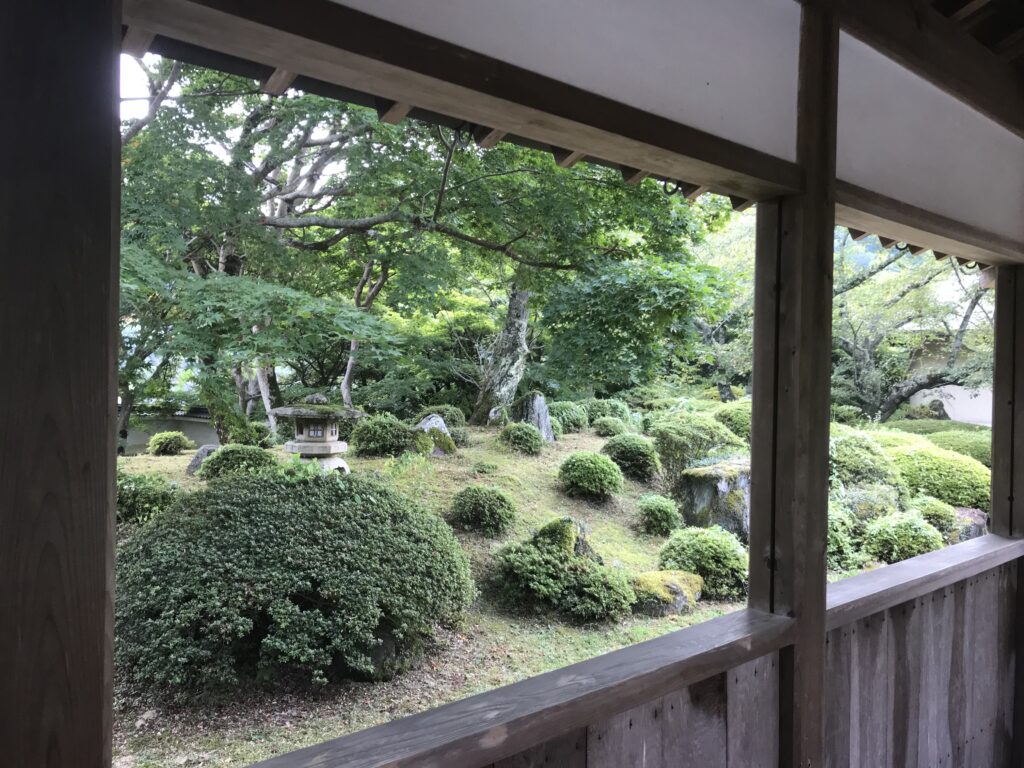
弘川寺の御朱印
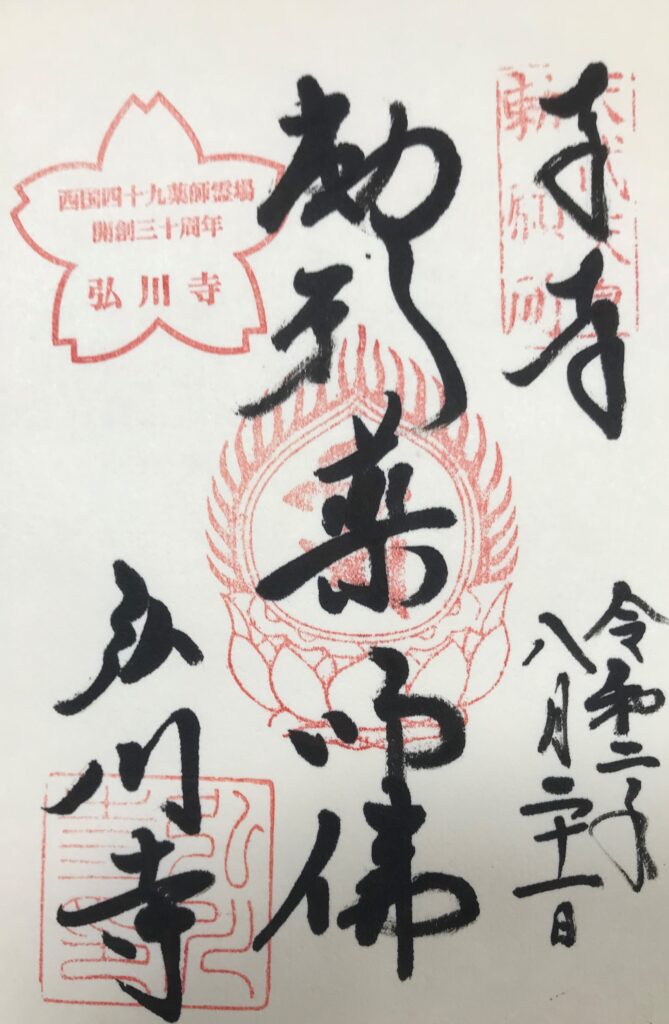
弘川寺を紹介している書籍
五木寛之さんの「百寺巡礼 第六巻 関西」にて、弘川寺が紹介されています。
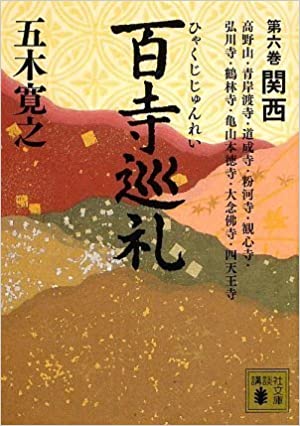
価格:704円
(2021/5/4 11:26時点)
感想(2件)
Hirokawa Temple (English)
A temple I learned about for the first time after reading about the pilgrimage of 100 temples.
When I came to the Kawachi area for a business trip to an art university in Osaka, I took a bus from Tondabayashi Station to Hirokawa Temple. I found out about this temple from Hiroyuki Itsuki’s book “Hyakudera Junrei” again.
It was a hot summer day when I visited, and I was drenched in sweat just walking up the hill a little from the bus stop. The precincts of the temple are not very wide and you will soon come across the main hall. After paying my respects here, I looked to the right side of the main hall and saw a standing sign with an arrow pointing to Saigyodo.
To the place where Saigyo ended up
After following the stepping stones in the direction of the arrow, the path turns into a stone staircase that goes up through the trees. I decided to go up the steps. This temple is actually known as the place of demise of Saigyo, a famous poet from the late Heian period.
The monk who discovered Saigyo’s burial mound, Priest Jiun
On the way up the stone steps, there is a small hall. This is the Saigyo Hall. Even though it is called Saigyo-do, it does not mean that Saigyo lived in this hall. A priest of the mid-Edo period who admired Saigyo, the Monk Jiun, sought the place of Saigyo’s demise, found his burial mound here, built this Saigyo Hall, and dedicated his life to his memory.
If you go up a few more stone steps, you will find Saigyo’s burial mound. In Saigyo’s poem, he wrote, “I wish to die in spring under the blossoms, at the time of the moon-gazing moon in Kisaragi,” and it is said that he died in the spring of the lunar calendar, just as he had wished. Opposite to this burial mound is the Jiun burial mound, where the Buddhist priest Jiun sleeps.
Saigyo Mound Surrounded by a Thousand Cherry Trees
It is said that Priest Jiun planted a thousand cherry trees around the Saigyo mound. There were still many cherry trees planted there. After visiting the Saigyo Mound, I went down to the main temple and took a look inside. Unfortunately, the Saigyo Memorial Hall was closed, but I took a break to take a look at the garden from the porch, and then boarded the bus for the return trip. (End)
Temple Hirokawa (Français)
Un temple que j’ai découvert pour la première fois après avoir lu le récit du pèlerinage des 100 temples.
Lorsque je suis venu dans la région de Kawachi pour un voyage d’affaires dans une université d’art à Osaka, j’ai pris un bus de la gare de Tondabayashi jusqu’au temple de Hirokawa. J’ai découvert ce temple en lisant à nouveau le livre “Hyakudera Junrei” de Hiroyuki Itsuki.
C’était une chaude journée d’été lors de ma visite, et j’étais trempé de sueur rien qu’en montant un peu la colline depuis l’arrêt de bus. L’enceinte du temple n’est pas très large et vous tombez rapidement sur le hall principal. Après avoir présenté mes respects ici, j’ai regardé sur le côté droit de la salle principale et j’ai vu un panneau debout avec une flèche pointant vers Saigyodo.
A l’endroit où Saigyo a fini
Après avoir suivi les tremplins dans le sens de la flèche, le chemin se transforme en un escalier de pierre qui monte à travers les arbres. J’ai décidé de monter les marches. Ce temple est en fait connu comme le lieu de décès de Saigyo, un célèbre poète de la fin de la période Heian.
Le moine qui a découvert le tumulus de Saigyo, le prêtre Jiun.
En montant les marches en pierre, il y a une petite salle. C’est la salle Saigyo. Même si on l’appelle Saigyo-do, cela ne signifie pas que Saigyo a vécu dans cette salle. Un prêtre du milieu de la période Edo qui admirait Saigyo, le moine Jiun, a cherché le lieu de la mort de Saigyo, a trouvé son tumulus ici, a construit cette salle Saigyo et a dédié sa vie à sa mémoire.
Si vous montez encore quelques marches en pierre, vous trouverez le tumulus de Saigyo. Dans son poème, Saigyo a écrit : “Je souhaite mourir au printemps sous les fleurs, au moment de la lune de Kisaragi”, et on dit qu’il est mort au printemps du calendrier lunaire, comme il l’avait souhaité. En face de ce tumulus se trouve le tumulus de Jiun, où dort le prêtre bouddhiste Jiun.
Le monticule de Saigyo entouré de milliers de cerisiers
On dit que le prêtre Jiun a planté un millier de cerisiers autour du monticule de Saigyo. Il y avait encore beaucoup de cerisiers plantés là. Après avoir visité le monticule Saigyo, je suis descendu au temple principal et j’ai jeté un coup d’œil à l’intérieur. Malheureusement, le Saigyo Memorial Hall était fermé, mais j’ai fait une pause pour regarder le jardin depuis le porche, puis je suis monté dans le bus pour le retour. (Fin)
